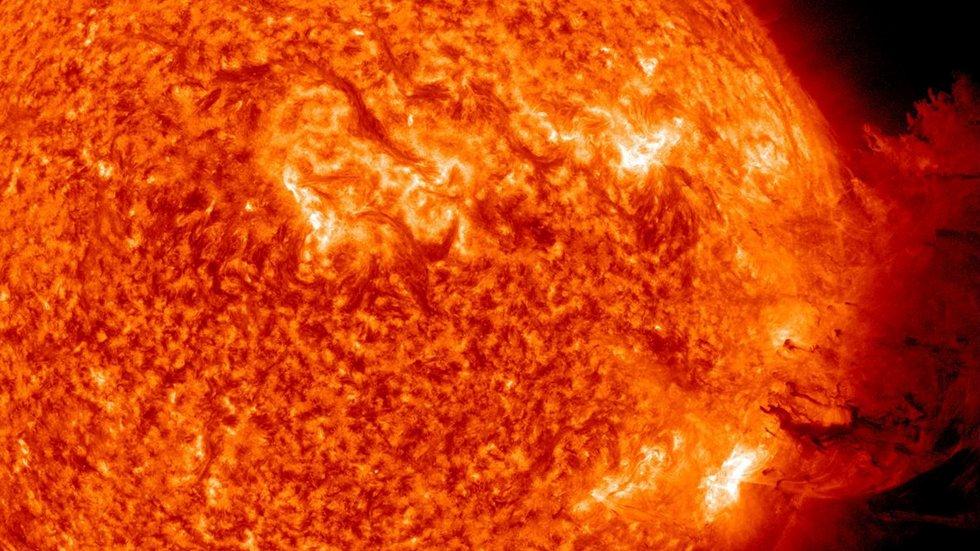It writes Live Science.
From Sunday 19 June to Monday 20 June, the sunspot, which has been named AR3038, has grown to a diameter of approximately 31,900 kilometers.
– Yesterday, the sunspot AR3038 was large. Today it is huge. The fast-growing sunspot has doubled in size in just 24 hours, writes Live Science.
Can hit the ground
Sunspots are temporary, relatively cool areas on the surface of the sun. The sunspots occur due to strong magnetic fields that are created by electric charges from the sun’s plasma.
As the spots create more and more energy, they eventually end up exploding. These violent explosions send huge amounts of plasma into space.
If the spot were to explode while pointing at the earth, as it does now, the eruption could hit our atmosphere.
Little cause for concern
According to Live Science, there are several things that can happen if the stain should explode in our direction. First and foremost, it can lead to blackouts on the radio network. Satellites and the internet can also be affected, according to the website.
Nevertheless, it is claimed that this stain is not a particular cause for concern. The solar flare the sunspot will cause will probably only be of class M, which normally only causes short radio blackouts at the North and South Poles.
According to Universe Today Sunspots are not something we need to worry about, even if they grow larger than our own planet in a short time.
—


